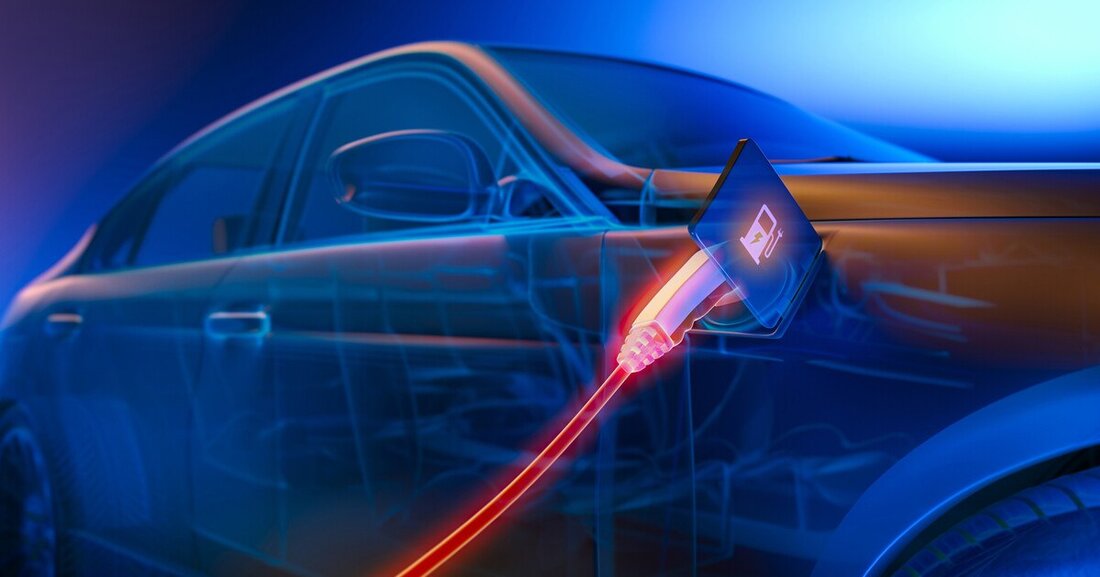Benchmark study 2021: Electric cars with massive quality problems
A current study shows the usage behavior and satisfaction of drivers with their electric cars. The result is sobering for the manufacturers: The recommendation rate has increased slightly, but only 47% would recommend their current model to a friend. The differences between the brands are very large.

Benchmark study 2021: Electric cars with massive quality problems
New electric models are coming onto the market in quick succession. The market share of electric cars is increasing and Tesla is finally getting the competition it has longed for. But which models met expectations? Which ones don't? And how satisfied are consumers with their electric cars in general?
Usage habits of over 2800 EV drivers
There is some social media content on user satisfaction, but no structured studies, data and analysis. That's why the market analysts from UScale - in cooperation with t Germany's leading electric car rental company nextmove - have now for the second time comprehensively surveyed e-car drivers about their vehicles and let them have their say in detail.
In total, over 2,800 electric car drivers responded and shared their usage habits, experiences, problems and wishes.
A lot of criticism, but the direction is right
The pioneers of electromobility were enthusiastic about the then new technology. Although there were initially only a few models on the market with often very limited range, the so-called innovators rate their cars very positively. In 2020, the next buyer segment joined, the so-called early adopters. However, the models offered did not meet the high expectations of this customer group and satisfaction fell significantly. Many new models with higher range and better technology were introduced in 2021. User satisfaction is increasing again. So the manufacturers have accepted the challenges.
The Net Promoter Score (NPS), a key figure for the recommendation rate, provides an important indication of customer satisfaction. The course of the NPS shows the development very clearly. In 2019, the NPS, which theoretically ranges from minus 100 to plus 100, was 67. In 2020 it was plus 30. And currently, in 2021, it is plus 38.
Meanwhile, in 2022, the next buyer segment, the early majority, is expected to be looking for an electric car. Their expectations will once again be higher than those of today's customers. This means that the demands placed on manufacturers continue to increase.
Big differences between brands and models
The NPS value varies significantly at the brand and model level. Tesla's Model 3 is in first place in the ranking by a wide margin. The VW Group with Skoda, VW and Audi as well as the Korean sister brands Kia and Hyundai follow in the strong midfield. Bringing up the rear are two Stellantis models from Peugeot and Opel, Smart and the two Japanese brands Mazda and Nissan, all of which have negative NPS values.
The differences are therefore very high: 81% of Tesla owners recommend their car, 3% advise against it. At Nissan, however, only 19% recommend their car and 53% advise against it.
The top 5 needs for action
The main problems of the individual brands differ greatly. If users are asked what manufacturers should work on as a priority, the following top areas of need for action emerge, averaged across all brands:
- Reichweite und Ladeleistung
- e-spezifische Bedienelemente
- Connectivity und Software
- allgemeine Fahrzeugqualität
- Ausstattung und Modellvielfalt
EV-specific use cases not addressed
Most brands have developed their current battery-electric models from the combustion engine world. This explains why many manufacturers do not solve important use cases for electric driving satisfactorily.
Three examples:
- Konnektivität: Connect-Apps werden zu einem zentralen Bedienelement für das Lademanagement, verfehlen die Erwartungen an die Funktionalität aber deutlich.
- Routen- und Ladeplanung: Hersteller-Navigationssysteme enthalten Ladesäulen als Sonderziele. Funktionen zur Ladeplanung entlang der Route bieten aber nur wenige Systeme.
- Raumkonzept: Wer öffentlich lädt, benötigt häufigen Zugriff auf das Ladekabel. Ein Stauraum unter dem Ladeboden ist hierfür ungeeignet.
Blatant quality problems
In addition to the unsatisfactory concepts, there are numerous quality problems. Overall, e-cars do not have anywhere near the level of maturity that users know and expect from combustion engines.
Two examples:
- Zuverlässigkeit der Connect-App: Ein Drittel der eAuto-Fahrerinnen und Fahrer bewertet die Zuverlässigkeit der Connect-App als mangelhaft, ein weiteres Drittel als verbesserungsbedürftig.
- Probleme beim Laden: Knapp zwei Drittel berichten, dass sie zumindest gelegentlich Probleme beim Laden haben. In den meisten Fällen konnte der Ladevorgang nicht gestartet werden.
Manufacturers need customer feedback
Combustion engines have been optimized for over 130 years. In comparison, electric cars are just starting out. Car manufacturers (OEM), suppliers and development partners are investing a lot of money in new platforms. In order to be able to produce cost-effectively, manufacturers install their modules in as many models as possible. With the so-called blocking of components, customer problems, complaints and lack of customer satisfaction are also “blocked”.
In order for manufacturers to achieve high market shares and profitability with convincing concepts, the new models must “reach out” to customers. This only works if product managers and developers know the customer perspective. The UScale EV benchmark study is intended to make an important contribution to this.

 Suche
Suche
 Mein Konto
Mein Konto